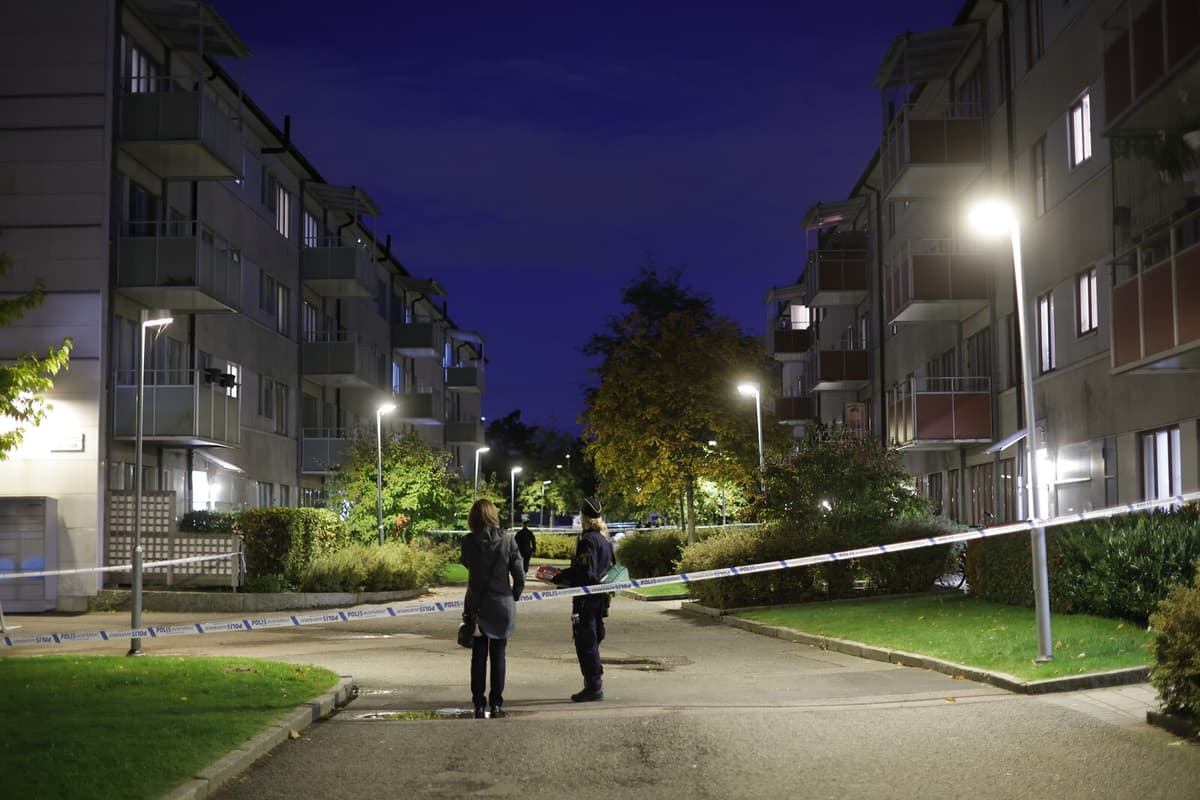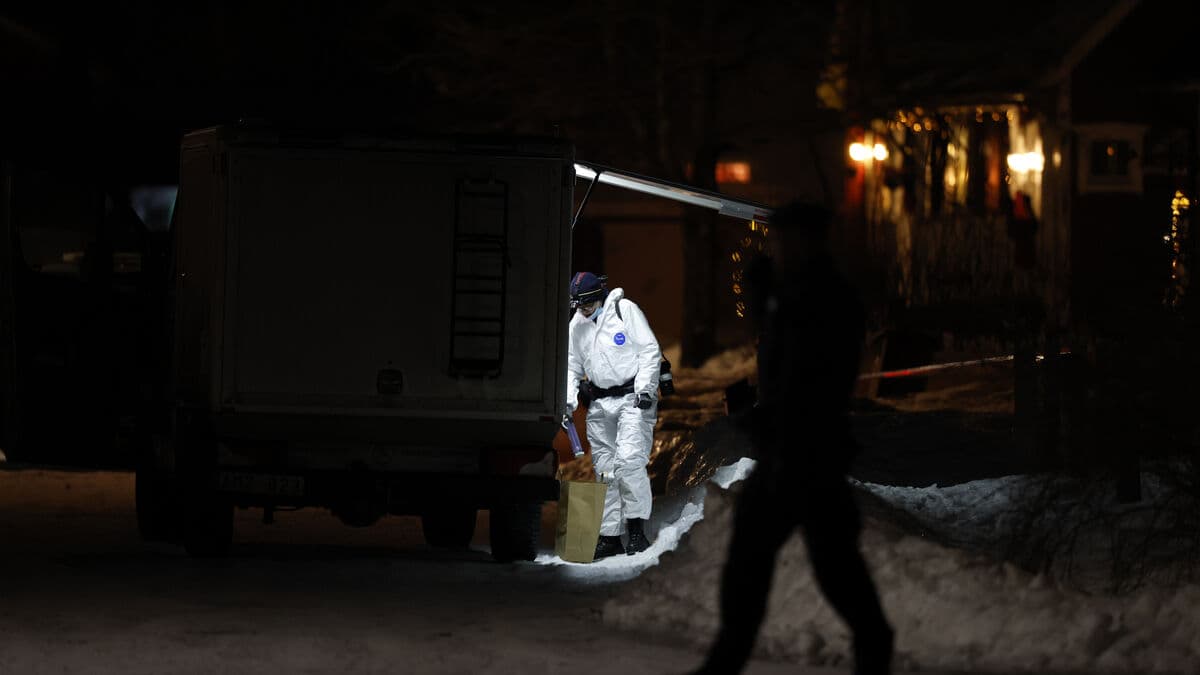The allocations to the police have increased by 80 percent since 2017, and the number of employees in investigation groups for serious crimes has increased by over 30 percent between 2018 and 2023.
Yet, the clearance rate remains at 19 percent throughout the period, according to an evaluation from the Crime Prevention Council (Brå). During the same period, the influx of serious crimes has increased by nearly 30 percent, which is an explanation for why efficiency is not increasing, according to Brå.
The increase has also resulted in a greater burden on local police areas, which during the studied period have had to handle an increasing number of serious crime investigations. This can negatively affect the ability to investigate volume crimes. Brå's analyses show that areas with many serious crimes generally have lower clearance rates for such crimes.
Stockholm stands out
The development is particularly clear in Stockholm, where the number of serious crimes in local police areas has increased by nearly 300 percent during the period. This is likely related to the fact that Stockholm is lagging behind the other regions in personnel growth.
They have not been able to grow as much there within the serious crime groups as they have done in the rest of the country, says Kristin Franke Björkman, project leader for the Brå study.
The evaluation shows, however, that the clearance rate for serious crimes related to organized crime, such as bombings and shootings, has increased slightly – from 27 to 30 percent.
It's a very clear prioritization of these crimes and they're allocating a lot of resources there, says Franke Björkman.
The prioritization has partly come at the expense of other crimes, as personnel are often borrowed to assist with investigations.
They have an extremely pressured situation and you should have understanding for that, that they need to prioritize tough, but in the long run, it should still be an ambition to be able to handle their entire investigative mission, says Kristin Franke Björkman.
Crimes in close relationships
Brå has also investigated the results for investigations of crimes in close relationships, rape, and crimes against children. The number of employees investigating these crimes has increased by 70 percent, while the number of cases has remained at the same level.
Yet, the clearance rate has only risen from 12 to 14 percent.
Some regions are doing much better. Our conclusion is that you should be able to achieve that within the entire authority when you allocate so many resources.
Brå provides several recommendations to the police, including:
+ Take special and long-term measures to address the understaffing in serious crime investigation groups in the Stockholm police region
+ Follow up and analyze the consequences of the large resource shifts made within the authority to handle organized crime
+ Ensure stable leadership structures, active management, and dissemination and implementation of effective working methods in investigation groups for crimes in close relationships
+ Upgrade the investigator role, for example, with more career and development opportunities and specialized training
+ Develop the process for collecting and disseminating good examples and methods within investigative activities
Source: Crime Prevention Council





